Almost all of the vegetables we eat are processed. Whether it is fresh vegetables or processed dried vegetables, frozen vegetables, canned vegetables, vegetable juices, etc., they are all processed. It’s just that the degree of processing is different, so why vegetable processing? What is the main purpose of vegetable processing? After reading this article, you will understand.
What Is Vegetable Processing?
Vegetable processing is a process in which vegetables are pretreated by picking, washing, peeling, cutting and blanching, and then using physical, chemical and biological methods to make food.
What Is The Purpose Of Processing Of Vegetables?
The purpose of vegetable processing is to improve the storage of vegetables and increase the benefits of vegetable processing by applying economic value. Some vegetables are not available all year round. If you want to maintain the freshness of out-of-season vegetables or process them into other foods with value, you will choose vegetable processing.
Types Of Vegetable Processing
1.Pickled vegetables
Vegetable pickled products mainly include five categories of pickled vegetables, pickled vegetables, pickles, sweet and sour vegetables, and salted vegetables. Low salt, increased acidity and suitable sweetness are the development directions of pickled vegetables. Low salinity can be achieved by measures such as vacuum packaging, heat sterilization, low temperature and the addition of microbial inhibitors to extend shelf life.
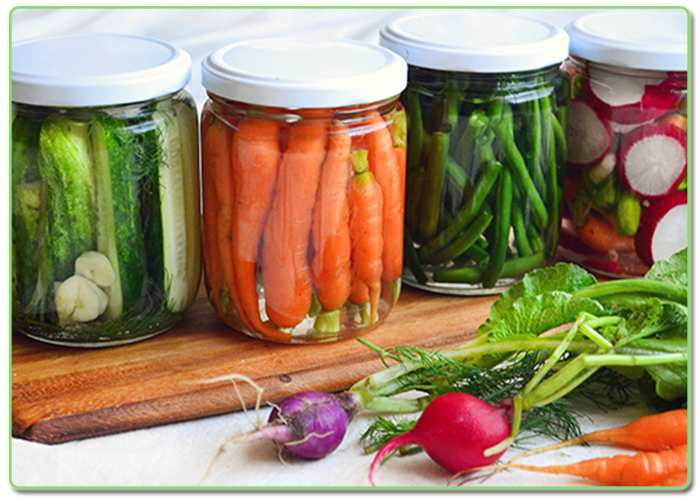
2.Dehydrated vegetables
Dried vegetable products are processed vegetables that remove a certain amount of water from fresh vegetables and try to maintain the original flavor of vegetables. Its main varieties are cabbage, cabbage, mushrooms, dried bamboo shoots, carrots and so on. In order to use newer processing methods and control technologies to produce high-quality, convenient, economical, non-refrigerated vegetable dried products with long shelf life and high production efficiency. It has the advantages of keeping the original food shape, color, aroma, taste, nutrition unchanged, good rehydration, light weight, and can be stored at room temperature.

3.Frozen vegetables
Quick freezing is the use of low temperature to quickly freeze vegetables and store them at -18 ℃ or below, which can maintain the original color, aroma, taste and nutritional value of the food to a large extent, and is one of the best methods to maintain the quality of vegetables. At present, the main quick-frozen vegetable varieties in the world are potatoes, corn, green beans, green beans, edamame, broad beans, spinach, carrots, potatoes, lotus root, taro, garlic, bamboo shoots, green peppers, cauliflower and assorted pot vegetables.
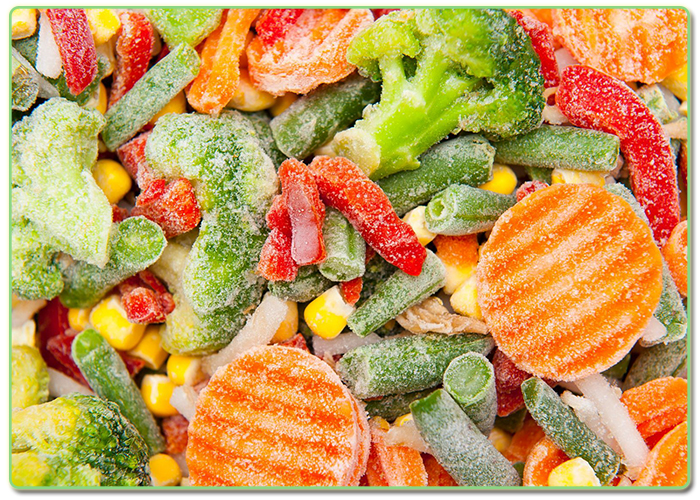
4.canned vegetables
Canned vegetables are a method of filling and sterilizing vegetables in airtight containers, so that they can be preserved for a long time and are nutritious and delicious. Canned vegetables mainly supply semi-finished products, supplemented by finished products. The semi-finished dishes mainly include more than 20 varieties of bamboo shoots, water chestnuts, asparagus, shiitake mushrooms, mushrooms, Flammulina velutipes, corn shoots, and large green beans, which can be practical after simple processing.
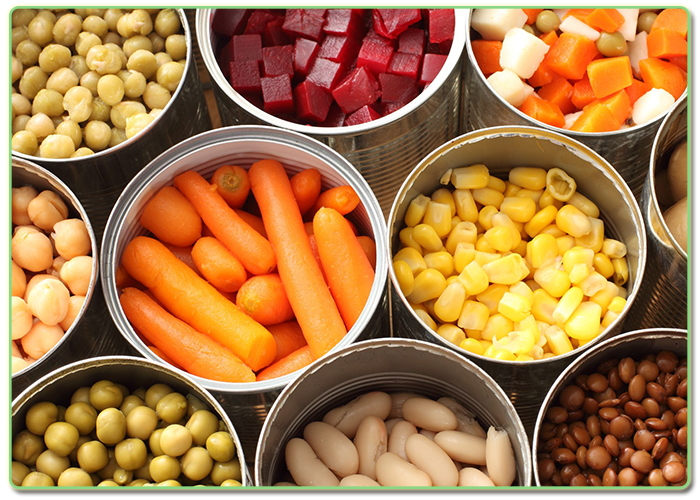
5.Vegetable Juice
Vegetable juice is a juice made from fresh vegetables through juicing or other methods. Vegetable juice can generally be divided into three types: original vegetable juice, mixed vegetable juice and lactic acid fermented vegetable juice. At present, in addition to raw juice, concentrated juice, vegetable powder, and vegetable crystals, vegetable juice products also include residual liquid from canning processing and pickled cabbage fermentation.
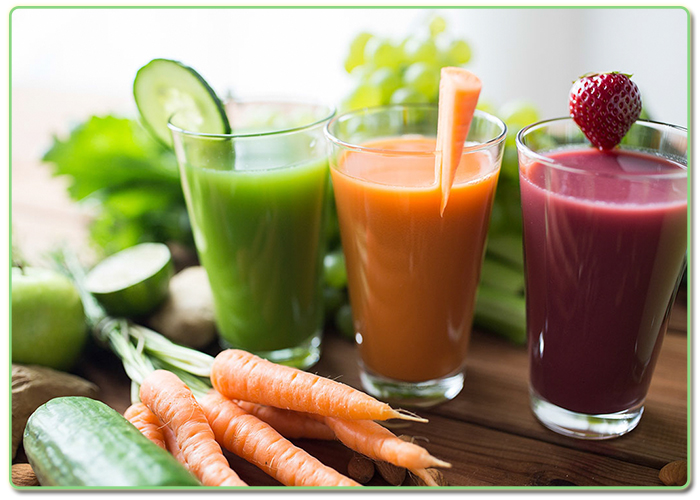
6.New vegetable food
Vegetable powder, vegetable paper and vegetable chips are all emerging vegetable processing methods. Among them, vegetable powder is a series of processing of vegetables into powder, which can be easily added to food to make vegetable biscuits, noodles, etc., and can also be made into vegetable soup, suitable for children who are anorexic of vegetables; vegetable paper is a Fresh vegetables are washed, peeled, cut into pieces, blanched, cooled, minced, and then added with appropriate seasonings and starch, processed into paste, and then dried and rolled.
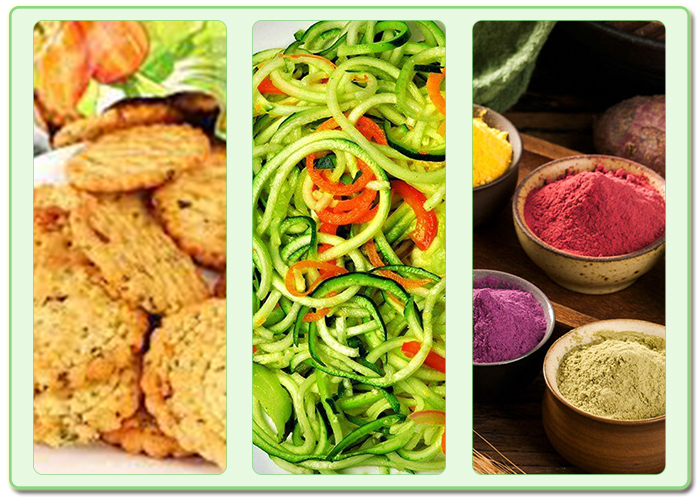
After reading this article, do you know anything about vegetable processing? Vegetable processing is a very hot topic at the moment, but the vegetable processing business also has good prospects. The vegetable processing business is not difficult, only the vegetable processing line can complete the business and make profits. Then if you are interested in starting a vegetable processing business, you can leave a message below, or contact us directly, we will provide you with solutions and vegetable processing equipment.
